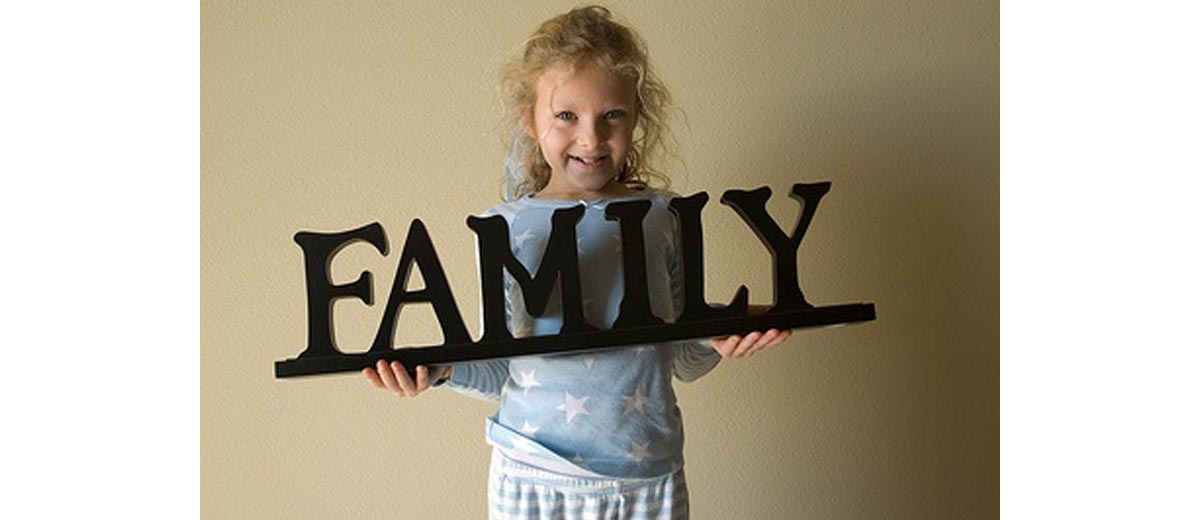Table of Contents
In an infant or a toddler, it's not that hard to recognize symptoms of anorexia. The parent offers food, the child doesn't take it. Despite the parent's best efforts, the child may be labeled as suffering "failure to thrive," and the primary concern is ensuring weight gain by providing high-calorie foods to take advantage of the child's appetite when he or she is inclined to eat.

By the time a child is 5 or 6 years old, however, anorexia takes on a different dimension. Children may not eat, or they may exercise incessantly so that they do not put on weight.
The child's aversion to weight gain usually does not, in contrast to to anorexia in teens and adults, have anything in particular to do with their body image or societal ideals of beauty. Children simply don't want to eat, or if they do want to eat, they want to exercise, and they don't really know why. They don't diet. They don't consciously cut back on food. They just eat less.
Parents are tipped off to anorexia by gradually becoming aware of some of its unique symptoms:
- Kids who have anorexia may have unusual reactions to hamburgers. They may only want to eat hamburgers, or they may not want to eat them at all. The reason for this is that the heme- iron in hamburger and the gluten in wheat contain compounds known as mu-opioids. These compounds interact with reward centers in the brain. Scientists believe that anorexia is caused in part by unusual reactions to these opioids.
- Children who have anorexia often seem to have ADHD without the "H," that is, they have attention deficit without hyperactivity. They may act lethargic, and have difficulty concentrating. They may have difficulty making decisions. They may be irritable, and they may withdraw from friends and siblings.
- Deprivation of protein and calories results in a variety of physical symptoms, including dry skin, brittle nails, cracked hair, cold hands or feet, headaches, swollen glands, atrophy of the breasts in girls and testes in boys, low blood pressure, a slow heart rate, and constipation.
- Anorexia usually results in weight less than 85 percent of the weight expected for the child at a given age.
Anorexia in pre-teens usually can't be diagnosed by asking questions. Children who have anorexia usually are not obsessed with food, they don't experience weight loss (they just don't experience weight gain), and they don't think they are fat when others think they are thin. But one of the most surprising signs of anorexia in children is precocious puberty.
Puberty as the Body's Self-Defense Mechanism Against Anorexia
Some children who develop anorexia also go through puberty at an early age. Scientists believe that the growth spurt that occurs after puberty is part of the body's way of repairing the damage done by anorexia.
Some of the worst effects of anorexia are at least temporarily reversed by the growth spurt. Early adolescence, however, is no time to abandon efforts to treat anorexia. Untreated, teens often also develop habits of bulimia to meet the parental and social demands for eating while avoiding weight gain, and lifelong disability or early death may result.
As heartbreaking as it is, acknowledging the reality that even children too young to be aware of ideas about body image can develop eating disorders can help parents catch the symptoms earlier, leading to timely treatment.
- Chatoor I, Ganiban J, Surles J, Doussard-Roosevelt J. Physiological regulation and infantile anorexia: a pilot study. J Am Acad Child Adolesc Psychiatry. 2004 Aug. 43(8):1019-25.
- Sutoh C, Nakazato M, Matsuzawa D, Tsuru K, Niitsu T, Iyo M, Shimizu E. Changes in self-regulation-related prefrontal activities in eating disorders: a near infrared spectroscopy study.PLoS One. 2013. 8(3):e59324. doi: 10.1371/journal.pone.0059324. Epub 2013 Mar 19.
- Photo courtesy of clarkstonscamp on Flickr: www.flickr.com/photos/clarkstonscamp/4578444210


Your thoughts on this